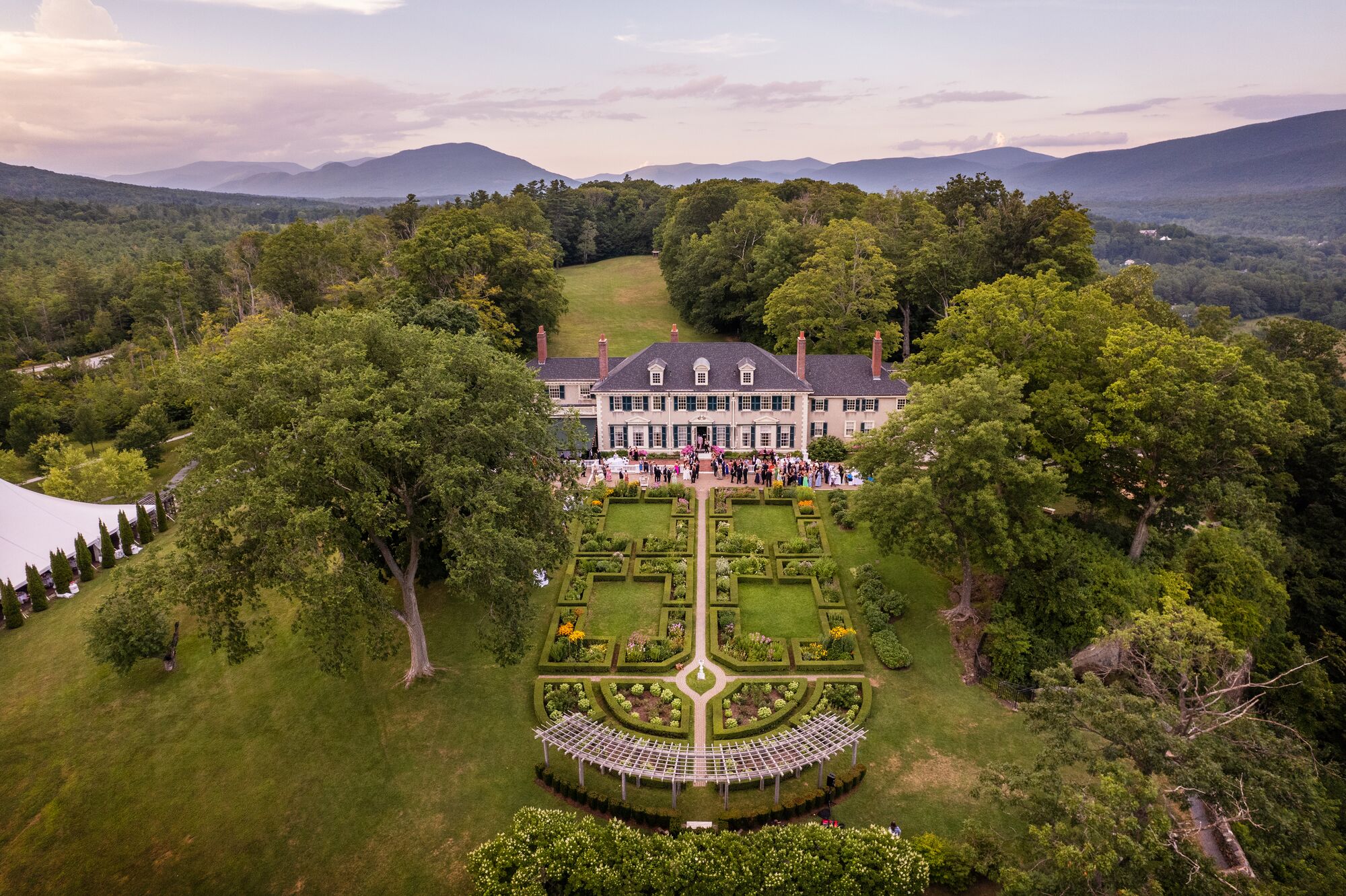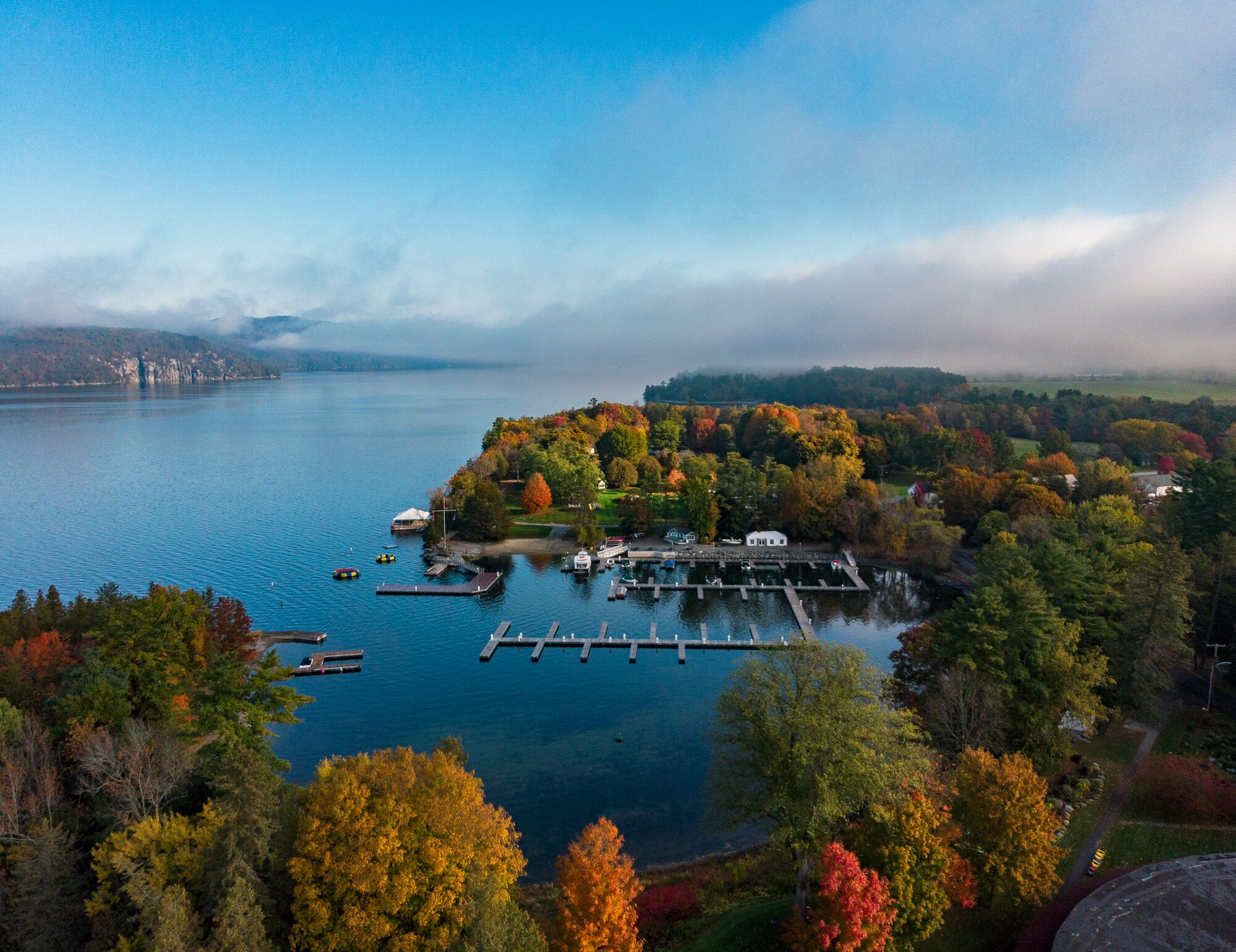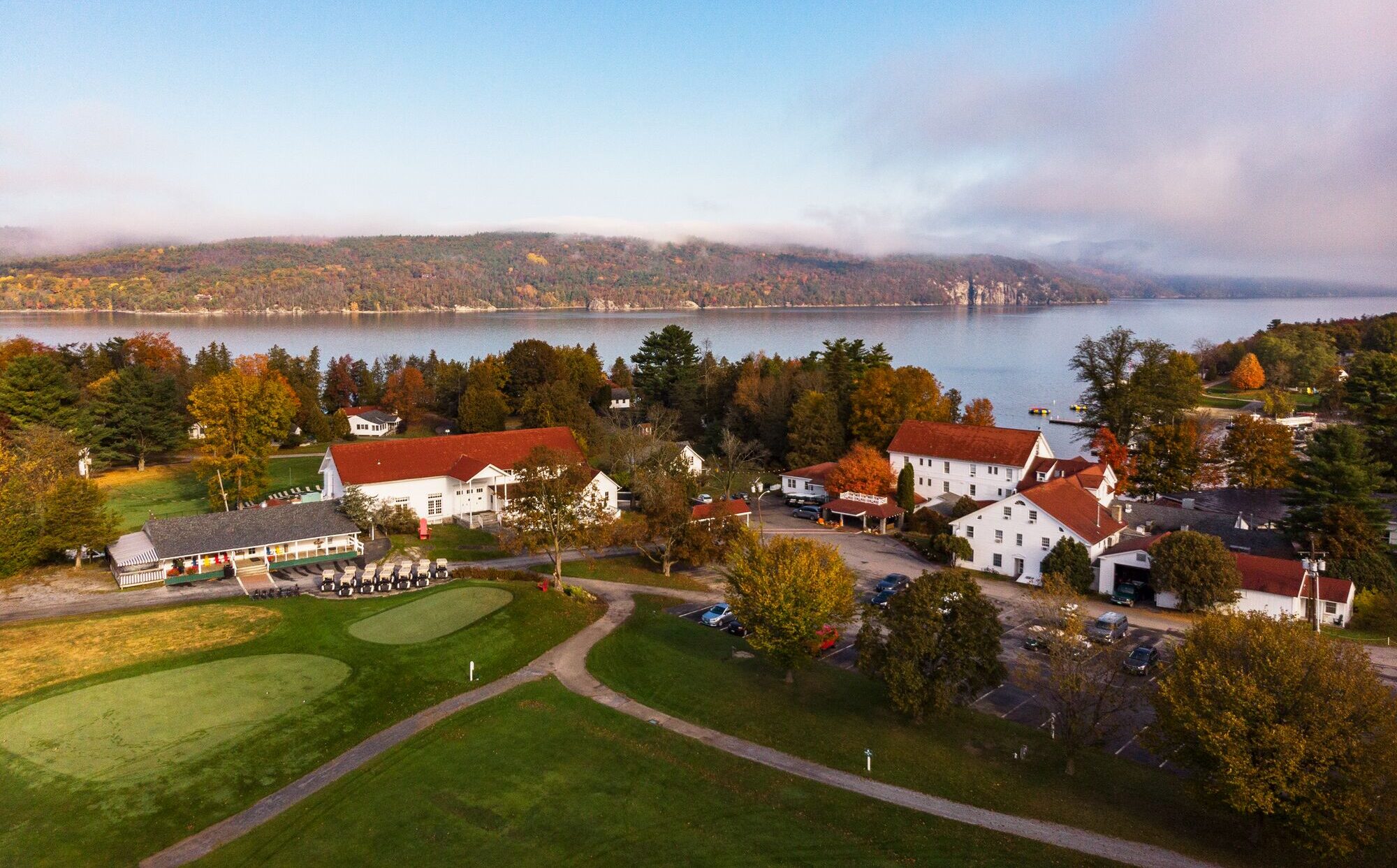Fall Foliage Report
Prepared by the Vermont Department of Forests, Parks and Recreation
Each week during September and October, a team of foresters report on the progression of Vermont’s renowned fall foliage throughout the state.
Sign up for the email list below to also receive fall foliage travel planning resources, including itineraries, events, attractions, and more ways to experience the season.
Week 2, September 15, 2025
The Green Mountain State has experienced a dry spell recently, resulting in a mix of foliage conditions, ranging from bright scarlet reds on red maple in the Lower Connecticut River Valley region, to deep reds of ash foliage in the Greater Burlington and Upper Green Mountains regions to rapid color change of sugar maple followed by leaf drop in the Upper Connecticut River region. All leaves of hardwood species go through a period of “senescence” where leaves change color and then fall from the branches – both determined by water supply. In years where less water is present in trees, this process is accelerated and typically leads to an earlier fall foliage season, which is expected this year. In short, the foliage conditions are highly variable right now, but there is certainly color to find on the landscape.
Best bets: Maples and birch species are changing color in the Northeast Kingdom and can make for some nice foliage viewing right now with the mixture of conifer species in the area. Throughout the rest of the state, conditions vary, but targeting wetter areas or swamps can yield a nice splash of vibrant colors from red maples and neighboring species. Consider planning a drive that takes you from low to high elevations, such as a scenic gap road drive, and around different sides of hills and mountains. It’s also a good time to check in with locals and local businesses to learn where the best foliage can be found in a given area.
Past Foliage Reports
Precipitation this summer has been a roller coaster in Vermont, with plenty of rain in June and July and now a dry spell across the state. These factors can affect our forests, but in most areas, the trees look healthy and ready to go for foliage season. In areas that are prone to drought stress, like low ridges and cliffs or areas with rocky soils, the foliage may have changed quite a bit already due to the lack of moisture. This is most visible in the Champlain and Connecticut River valleys, from the Stone Valley region north and all eastern regions in the state.
The dry weather will yield some fall color around the edge of affected regions for those that are looking to get an early jump on fall foliage. Reds, oranges, and some yellows can be seen from the mix of northern hardwood species in these areas (e.g., red and sugar maples, as well as birch species). This year’s conditions mean fall foliage season will likely be a little earlier this year with good activity in mid-to late September.
Best bets: Most areas in the state with fall color right now are in driest areas. These include hilltops in the Champlain Valley, Greater Burlington, Stone Valley, and Deerfield Valley regions, as well as forests in Northwestern Vermont and the southern Green and Taconic mountains. Fall color across the rest of the state should progress in the next couple of weeks.
Meet Vermont Foresters
Forester Mark Raishart
Forester Mark RaishartForester Joanne Garton
Forester Joanne GartonForester Rick Dyer
Forester Rick DyerForester Tessa McGann
Forester Tessa McGann


